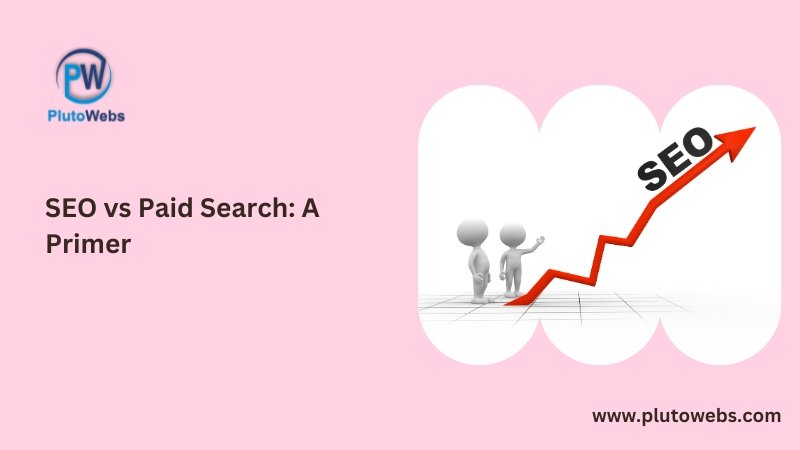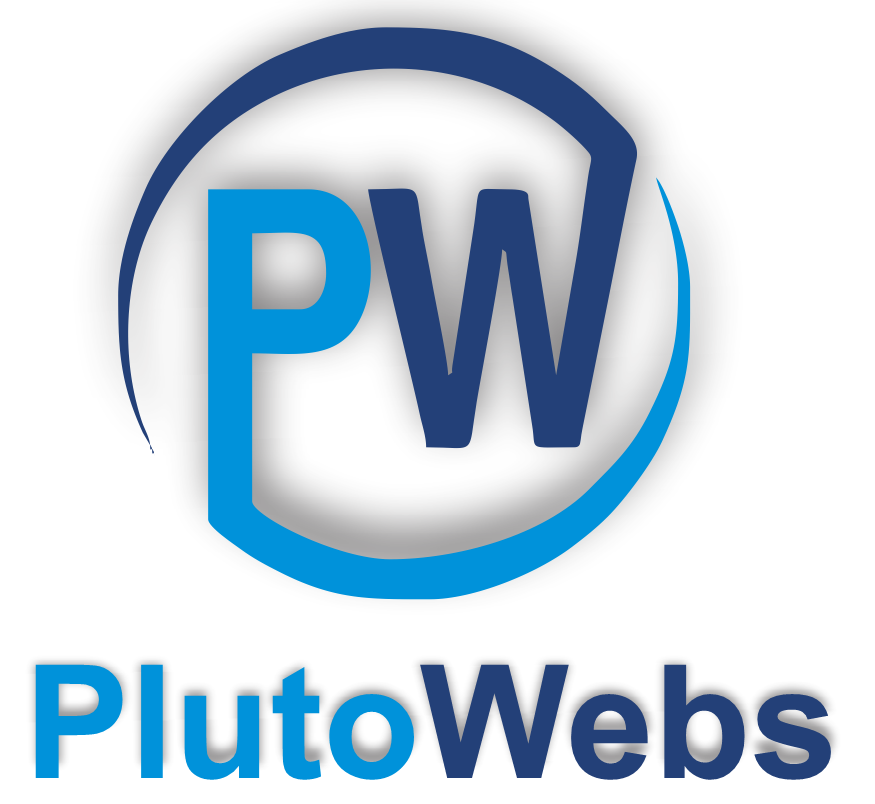SEO vs Paid Search: A Primer

As both attempt to draw Google searchers and turn them into customers, SEO and Paid Search (also known as SEM) frequently battle for attention from traditional marketers. However, paid search and SEO serve different purposes in your digital marketing plan. SEO is a medium-to-long-term tactic that takes a lot of work but yields a great return on investment. SEM is a short- to a medium-term strategy with little work and a low return on investment. A thorough comprehension of these two channels is necessary to maximise their efficiency. Their distinctions are broken down in the table below. Attributes SEO Paid Search ROI Low initial ramp, high long-term Low yet offers quick returns Average Conversion Rate 2.4% 1.3% Cost Low initial startup, moderate long-term Medium to high, rising over time as a result of PPC inflation Type of Website Traffic Organic Inorganic Execution Challenge High; Needs a knowledgeable team to choose keywords, figure out search intent, produce content, and publish frequently. Low; anyone who uses marketing can put it up, but how successful it depends on the careful choice of keywords and prompt maintenance. Marketing Position Because of its high ROI, is well suited to serve as a key marketing investment; The developed content can be reused for different forms of marketing, including social media and email; Can be challenging to carry out internally given that Google promotes consistent posting and thought leadership that is search intent-focused. Excellent for generating leads quickly when short-term costs are more essential than long-term sales; An excellent auxiliary tool for keyword research or market expansion when used in conjunction with an SEO strategy. The benefits and drawbacks of each strategy are discussed here, along with a clear comparison of the conditions in which SEO and paid search are most effective. We also go over when it makes sense to combine the two methods. SEO: Benefits and Drawbacks Both art and science go into modern SEO; ranking is no longer achieved by merely writing and releasing content with keywords in the meta titles. You must comprehend your target audience, choose keywords that they frequently use, check them for transactional purposes, and—most importantly—produce fresh thought leadership material that addresses their search criteria. When done correctly, SEO thought leadership builds industry authority, increases trust with Google and customers, and produces quality leads for your sales staff. The following are the main benefits and drawbacks of SEO: Advantages of SEO: Among digital marketing platforms, the highest long-term ROI Greater conversion rates and shorter sales cycles due to greater consumer trust Produces content that can be used in your other marketing channels. Rewards marketing expertise and high-quality content over plain marketing spending. Disadvantages of SEO: A Hub & Spoke plan must be developed and implemented by a skilled team. Slower launch; it often takes 4-6 months to see the first benefits. Benefits and Drawbacks of Paid Search While sponsored search enables businesses to pay Google to have their page appear above the search results page for their chosen keywords, SEO relies on content quality to meet the variables that determine Google ranking. Visitors see these before the natural search results, but they get clicked on far less frequently. Paid search, as opposed to SEO, enables businesses to significantly improve their online traffic without having to spend money on content production and ongoing publication. However, when used as the main source of leads, it has a lower ROI than SEO and can rapidly get pricey. The following list of paid search’s benefits and drawbacks: Advantages of Paid Search Brings in site visits right away, producing leads quickly. Execution is relatively simple because positioning is based on ad spending rather than content quality. Changes to the Google algorithm have no impact on ads. Disadvantages of Paid Search Results only last as long as you keep paying for them. Long-term low ROI, rising costs as a result of PPC inflation Searchers do not trust them, which produces cooler leads. Extremely pricey in industries with high levels of competition where ad purchasing is common Combining SEO with Paid Search The most effective digital marketing efforts use both SEO and sponsored search; they are not mutually exclusive. Although SEO performs particularly well as a major marketing investment due to its high long-term value, many businesses struggle with the relatively long lead time. It’s also necessary to limit your keyword selection to no more than 4-6 emphasis regions in order to effectively implement a Hub & Spoke approach, leaving out potentially profitable keywords outside the main hubs. Paid search can help to close these gaps by generating leads quickly, serving as a testing ground for new keyword niches, and generating leads from queries that are unrelated to the primary objective of an SEO strategy. Ads are only shown to searchers who have previously visited your website using the retargeting tactic, which increases the possibility that they will come back and convert to leads. The searcher has already established a relationship with your website, avoiding the decreased trust of adverts while maintaining awareness of your goods and services. Outsourcing your Paid Search or SEO Activities It takes effort and dedication to manage marketing campaigns that can maximise the advantages of many platforms. As a result, a lot of businesses collaborate with a company that has a track record of delivering top-notch SEO services and achieving outcomes. Contact the trusted Digital Marketing Company if you’re interested in finding out more about how to execute SEO vs paid search.
